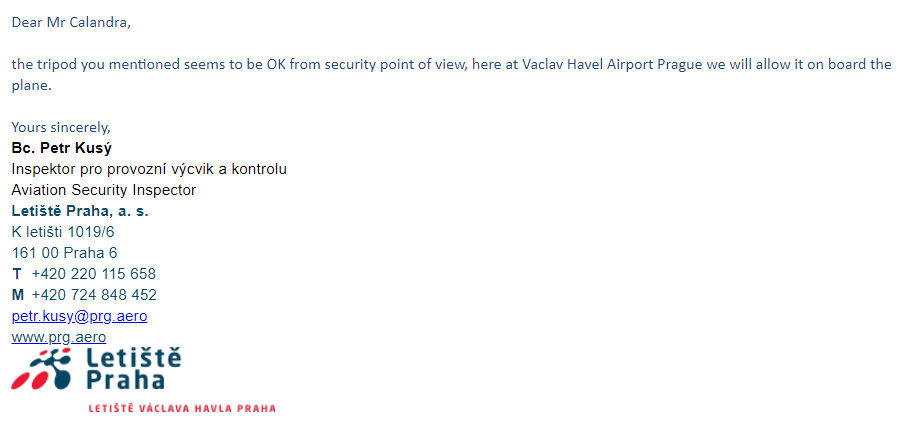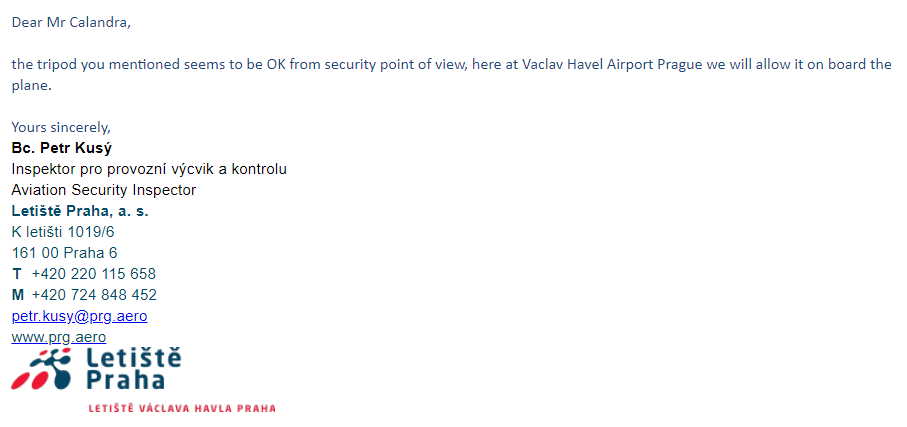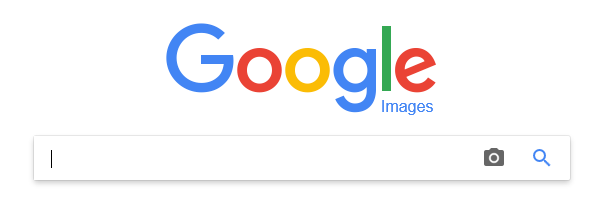1 Comment
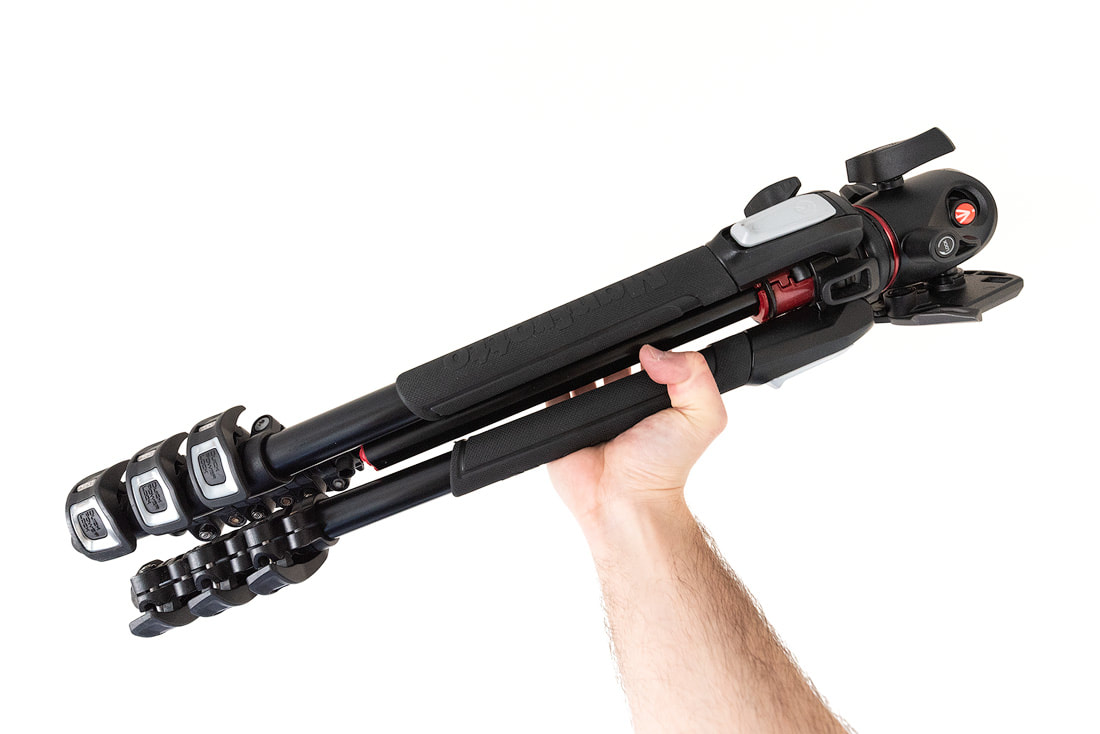 Al giorno d’oggi prenotare un volo per visitare una città non è piu così caro come una volta, e per un fotografo che vorrebbe portarsi, fotograficamente parlando, solamente l’essenziale può sorgere qualche dubbio: è possibile portarsi tutta la propria attrezzatura fotografica nel bagaglio a mano? Per quanto riguarda la fotocamera ed i suoi obiettivi non c’è nessun problema. Il problema sorge per quanto riguarda il treppiede dato che potrebbe essere considerato come arma contundente. Dando un’occhiata online ho trovato molti pensieri discordanti tra loro: chi dice di sì, e chi no, chi dice che dipende dalla compagna di volo ecc. C’è da premettere una cosa: non è assolutamente vero che il sequestro del treppiede dipende dalla compagna aerea di volo. I controlli di sicurezza sono univoci per qualsiasi compagnia di volo e vengono effettuati dagli stessi uomini al metal detector, prima dei gate. Quindi, per evitare di portare un treppiede nel bagaglio a mano e lasciarlo all’aeroporto ho deciso di contattare gli aeroporti che sarebbero stati soggetti del mio viaggio. Ho contattato l’aeroporto di Dublino e di Praga chiedendo se era possibile portare un treppiede nel bagaglio a mano, nello specifico un Manfrotto Xpro4 con testa a sfera. La risposta è stata positiva da entrambi gli aeroporti seizure scritta nel caso avessi avuto problemi ai controlli di sicurezza. Il giorno della partenza ero un poco preoccupato per quello che potevano dire ai controlli, ma il bagaglio lo hanno lasciato passare senza neanche il bisogno di estrarre il treppiede.
Quindi per mia esperienza posso dire: Sì! È possibile portare il treppiede nel bagaglio a mano! 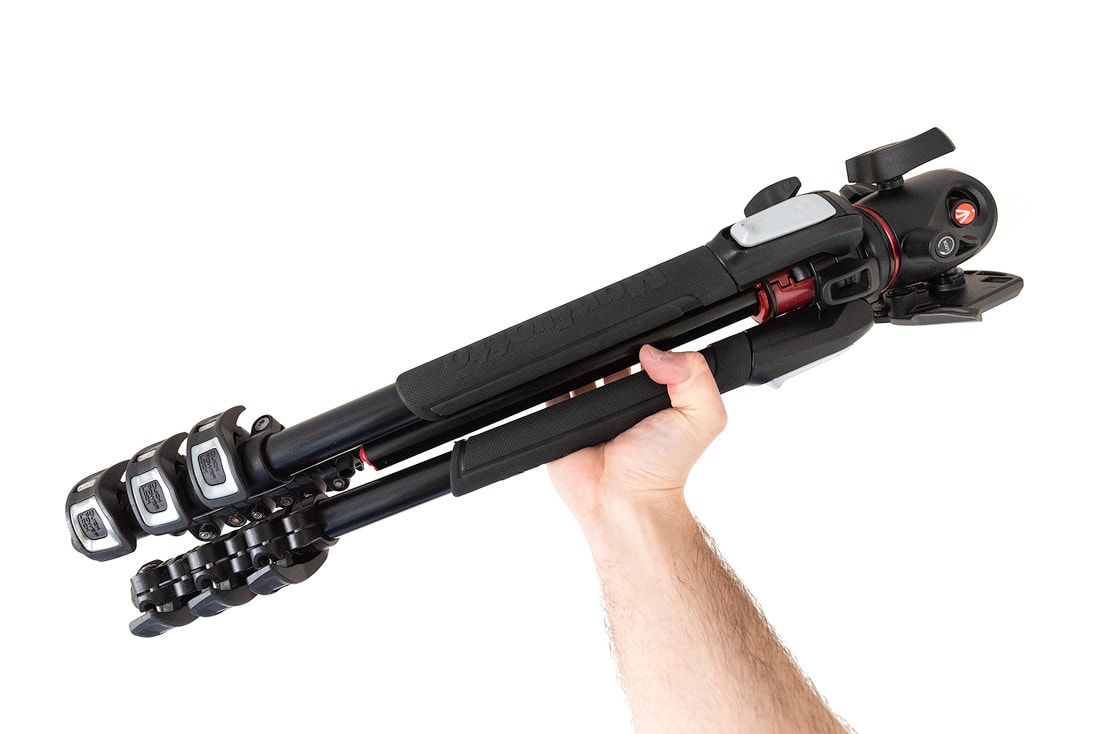 Nowadays, booking a flight to visit a city is not as expensive as it used to be, and for a photographer who would like to bring the essential photograph equipment, some doubts may arise: is it possible to bring all your photography equipment in a hand luggage? As for the camera and its lenses there is no problem. The problem arises when you want to bring the tripod as it could be considered as a blunt weapon. While I was taking a look on the web I found many conflicting thoughts: who says you can bring it, who says you can't, who says that it depends on the flight company etc. One thing has to be said: it is absolutely not true that the seizure of the tripod depends on the flight company. The security checks are the same for all flight companies and are made by the same few men at the metal detector, before the gate. So, to avoid carrying a tripod in the hand baggage and leaving it at the airport, I decided to contact the airports that would be the subjects of my trip. I contacted the airport of Dublin and Prague asking if it was possible to bring a tripod in the hand baggage, specifically a Manfrotto Xpro4 with its ball head. The answer was positive from both airports and this email could have been used as a written proof in case I had problems with security checks. On the day of departure I was a bit worried about what they could say at the controls, but the luggage passed without even having to take out the tripod.
So from my experience I can say: Yes! You can carry the tripod in your hand baggage! In this article I will talk about what happens to all our images shared on the web. Nowadays our own images becomes saved and shared (even without our will) in the entire globe through Internet. Facebook and other social networks gives this opportunity. From a certain point of view, it's a good thing that the images become shared, so our name and images travel around the world giving the opportunity to expand the visitors and the admirers. Sometimes the images, after been saved, they become alterated and proposed with a different author and this can lead to various misunderstandings. So it's a good thing put a "watermark" so our work can be protect from the other who try to steal our images. There are different types of watermarks, from the most simple to the more invasive. A good thing is to create a watermark that is not invasive so the visitor can enjoy our work with pleasure, protecting at the same time the work. Create a good watermark one time and don't change it many times because our work become recognized not by our name, but from our logo. After we have shared our images on the web through different social networks, where do they end up?
People can save them, put their own name on it, win contests, awards and many other things. I know people that have lived this misfortune. In this case to verify who is the owner of the image the authorities must determine who owns the RAW file. Remember, the more a image is published, winner of contests etc. the more probably it became stolen. But, is there a method to see where are our pictures in the web? or see who use it an incorrectly way? Yes, Google can help you this time. With this link: http://images.google.com/ you can drag one image of yours and see in which websites it have been published or shared. Finally, my advice is: be careful where you post your pictures on the web. You will find the smart one who can steal your work in a easily way. |
Categories
All
Archives
December 2023
|



